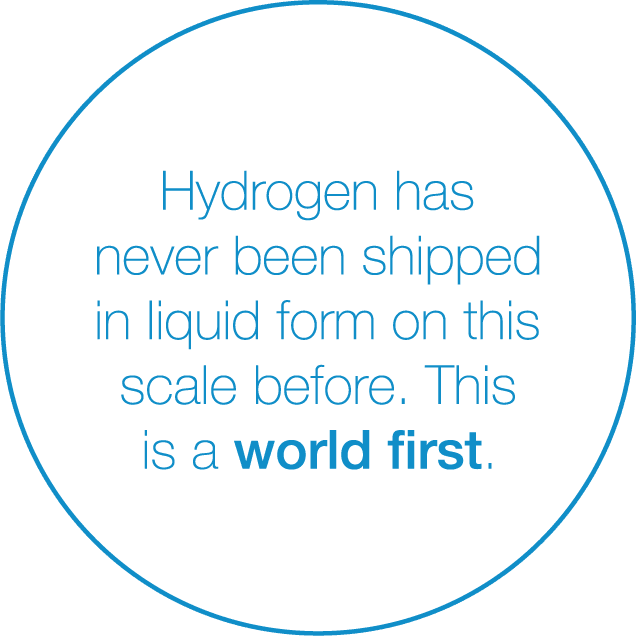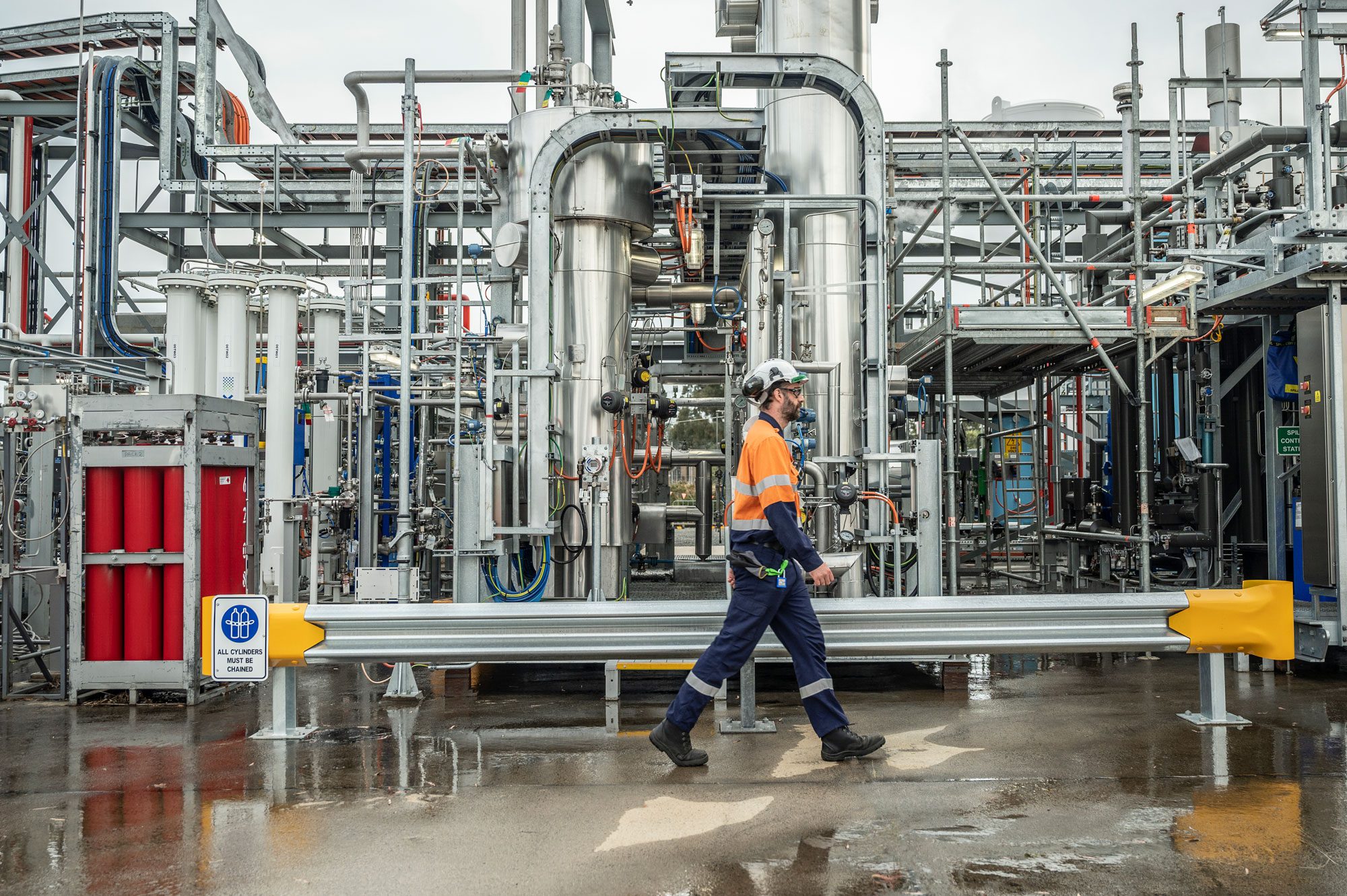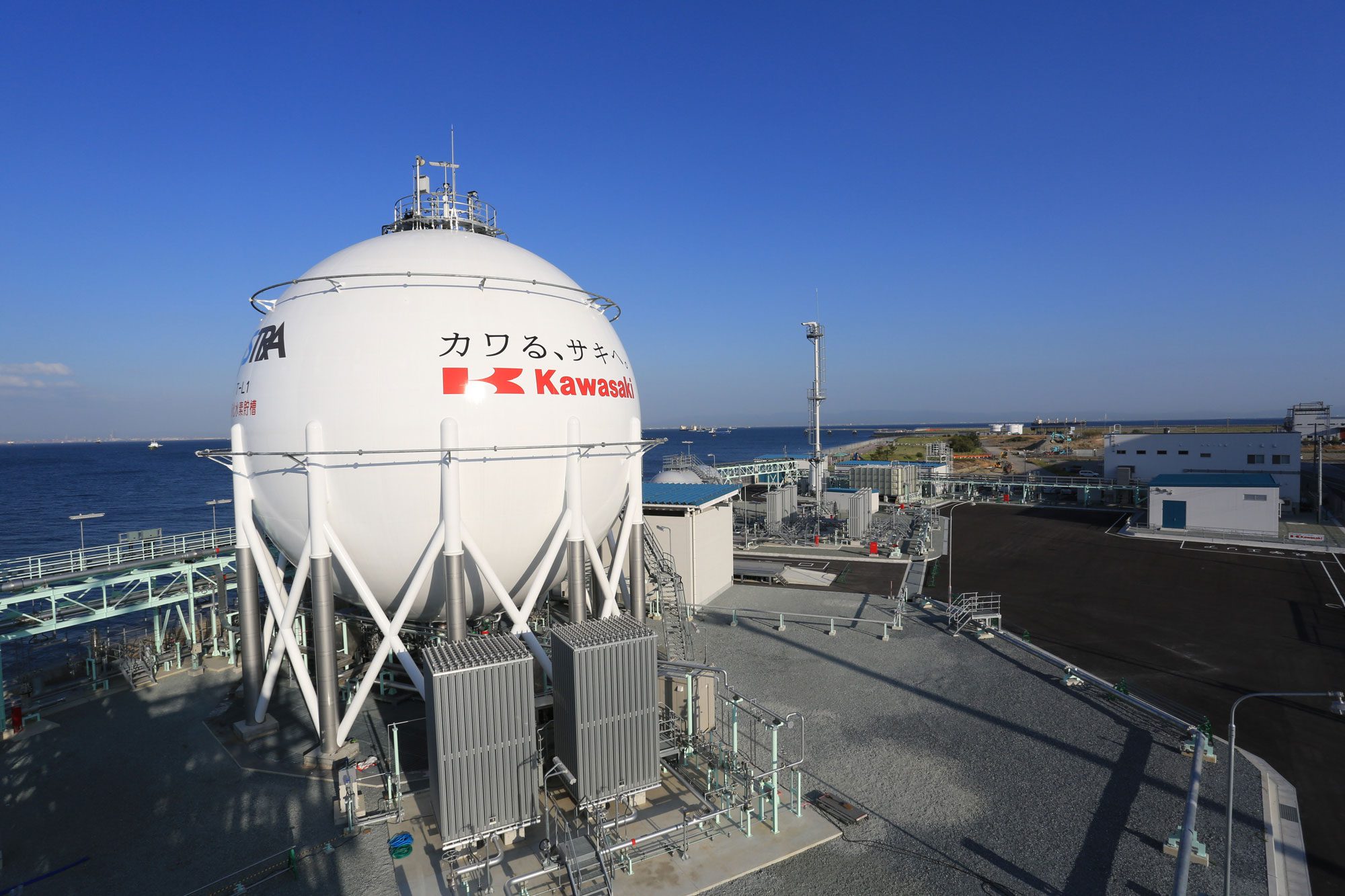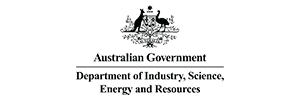HESC Pilot Phase
In January 2022, the Hydrogen Energy Supply Chain (HESC) Project achieved a world first by demonstrating that clean liquid hydrogen can be extracted from Latrobe Valley coal and shipped to Kobe in Japan. An overview of the successful pilot phase and the associated key milestones can be found in the report.
The Fuel Of The Future
Hydrogen is a clean-burning fuel with a range of uses, from powering vehicles to storing energy. Hydrogen can make a significant contribution to the required transition to clean energy by replacing existing fuels and reducing CO2 emissions by many gigatonnes and across a broad range of applications.
A Game Changer
The project has the potential to be a game-changer – providing an innovative, economically viable and environmentally conscious solution to producing clean hydrogen safely, through gasification of coal with carbon capture, utilisation and storage (CCUS).

The Pilot Phase
The HESC Project is being developed in two phases, beginning with a pilot, that has successfully demonstrated that hydrogen can be produced using Latrobe Valley coal and a mix of biomass and transported to Japan.
Key elements of the pilot supply chain included:
The decision to progress to a commercialisation phase, which will produce clean hydrogen from a Latrobe Valley coal using carbon capture utilisation and storage, will be made once feasibility studies have been completed.
Project partners will also be preparing for regulator approval, investigating economies of the commercial scale project and engaging with potential off take customers in Australia and Japan. Working in partnership with CSIRO, Australia’s national science agency, the project partners will be further developing the ortho-para conversion catalyst for creating liquid hydrogen.
Why did the HESC Project start?
Climate change is a massive global threat that requires us to pursue a range of clean energy options, now. We are pursuing hydrogen from coal with CCS because producing hydrogen through electrolysis is currently more expensive. Additionally, a commercial HESC Project can expand and produce hydrogen at the scale needed to meet growing global hydrogen demand.
At full commercial scale, clean hydrogen from HESC will also contribute to emissions reductions, reducing global CO2 emissions by 1.8 million tonnes per year (equivalent to the emission of about 350,000 petrol-driven cars), while paving the way for renewable hydrogen projects.

HESC will create jobs for Australians
The HESC Pilot Project created approximately 400 jobs across the Victorian supply chain. It has the potential for 1,000 jobs in the commercial phase, supporting the economic transition underway in the Gippsland region.
Australia could be the first country to create a thriving hydrogen export industry with huge local economic benefits and contribute to global environmental goals. The HESC Project will also help develop critical infrastructure, sustainable jobs, and in-demand skills in Australia. These are crucial ingredients for a clean hydrogen market.
The pioneering pilot project was delivered by a partnership between Japanese and Australian experienced industry partners supported by the Victorian, Australian and Japanese Governments.

When is it happening?
The HESC Project has several phases.
The pioneering pilot project was delivered by a partnership between Japanese and Australian experienced industry partners supported by the Victorian, Australian and Japanese Governments.
The pilot phase was successfully completed in early 2022. The data gathered from operations is under review.
The decision to proceed to commercial phase will be made in the 2020s with operations targeted in the 2030s, depending on regulatory approvals, social licence to operate and an appropriate CCS solution to store CO2 captured during gasification.
HESC Governance
For funding purposes, the pilot phase is split into different delivery portions – a Japanese funded portion and an Australian funded portion.
Australia
The Australian funded portion was coordinated by Hydrogen Engineering Australia (HEA), a consortium comprised of KHI, J-POWER, Iwatani, Marubeni, AGL and Sumitomo. HEA is a 100 per cent subsidiary of KHI. The Australian and Victorian Governments are providing funds to the Australian portion.
Hydrogen Engineering Australia (HEA) established an office in Melbourne to administer the project locally.
J-Power Latrobe Valley Pty Ltd (JPLV) is based in Traralgon to manage the Latrobe Valley components of the project. JPLV is a subsidiary of J-Power.
Japan
The Japan funded portion of the HESC pilot phase was coordinated by the CO2-Free Hydrogen Supply Chain Technology Association (HySTRA), acting on behalf of KHI, J-POWER, Iwatani, Shell, Marubeni, ENEOS Corporation and Kawasaki Kisen Kaisha, Ltd. (“K” LINE).
The Japanese funded portion includes converting coal to gas in the Latrobe Valley, transporting liquefied hydrogen by sea and then unloading it in Japan. The Japanese Government provided funds to the Japanese portion.
HESC Partners
The pioneering project was delivered by a partnership between Japanese and Australian experienced industry partners and supported by the Victorian, Australian and Japanese Governments.
The consortium of industry partners from Japan and Australia includes Kawasaki Heavy Industries, Ltd (KHI), Electric Power Development Co., Ltd. (J-POWER), Iwatani Corporation (Iwatani), Marubeni Corporation (Marubeni), AGL Energy (AGL) and Sumitomo Corporation (Sumitomo). Royal Dutch Shell (Shell), ENEOS Corporation and Kawasaki Kisen Kaisha, Ltd. (K-Line) are also involved in the Japanese portion of the project.
Supporting Organisations
- CarbonNet is a joint initiative of the governments of Australia and Victoria aimed at establishing a large-scale commercial Carbon Capture and Storage (CCS) network.
- The Global CCS Institute is an international member-led organisation whose mission is to accelerate the deployment of CCS as an imperative technology in tackling climate change and providing energy security.
- CO2CRC is Australia’s key designer, initiator, and manager of CCS research. The Otway Research Facility is a world-leading project to demonstrate that CCS is a technically and environmentally safe way to make deep cuts into global greenhouse gas emissions. It’s Australia’s first demonstration of the deep geological storage of CO2 and the world’s largest CCS demonstration project. Lessons learned at the Otway facility are shared with partners around the world.










